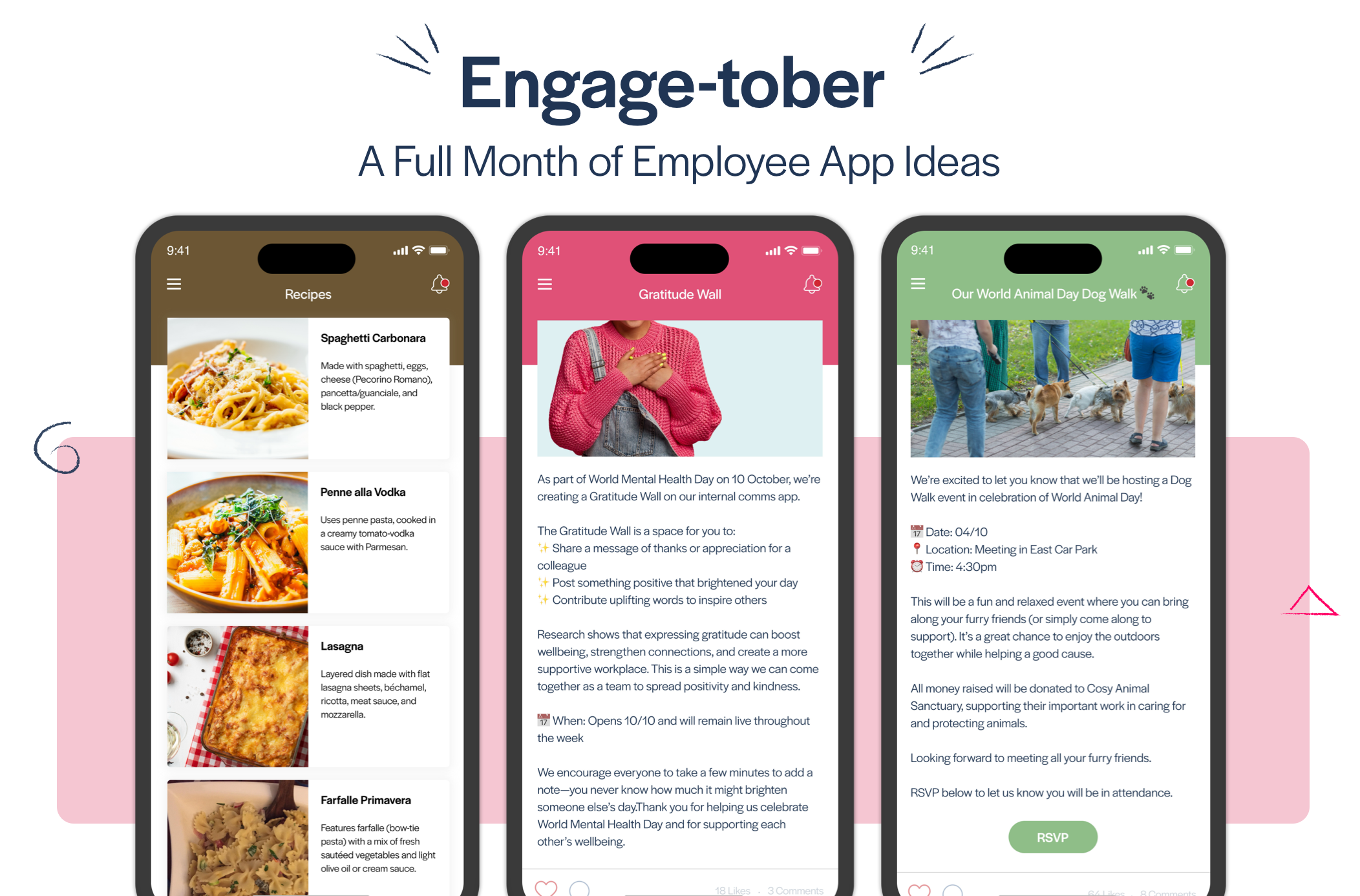
Blog
The Impact of COVID-19 on Healthcare in the UK: 3 Years On
Healthcare workers faced unprecedented stress and strain during the COVID-19 pandemic. Three years on, here’s how the global crisis has impacted the UK healthcare sector and its employees.

Of all the segments of workers who have been impacted by the pandemic, healthcare workers have arguably been some of the hardest hit. They have truly been the frontline response, and have facedunprecedented strain: work overload, fear of getting the virus, lack of contact with loved ones, lack of sleep, inadequate resources to do their work, burnout, and new cognitive stresses.
Not only have they experienced a rising workload, they have seen a rise in traumatic workplace situations. These burdens have left many of our healthcare workers feeling stress and anxiety levels that are off the charts. Their roles often come with a strong emotional connection to the work they do, adding another dimension to the mental and physical toll.
The Impact of COVID-19 on Healthcare Three Years On
In late 2020, a study looked at the prevalence of mental health symptoms among healthcare workers in the UK mid-pandemic, and what they found was startling:
- 28.1% had high levels of depression;
- 33.1% were experiencing high anxiety;
- 27% were in the top quartile for stress;
- and 60.6% had experienced a stressful or traumatic event related to COVID-19.
The study also found that it was the frontline workers in health care who were significantly more likely to experience these symptoms.

Fast forward three years and this is unlikely to have changed much as COVID-19 left a long shadow across the capacity of NHS and other care providers, which were already struggling to meet the healthcare needs of the UK.
Sustained underinvestment in UK healthcare left health services unable to sufficiently grow the workforce, tackle rising waiting lists, or modernise infrastructure and estates. Staff shortages across the NHS has caused a spiralling recruitment and retention crisis, forcing employees to work overtime to plug staffing gaps. And despite additional funding made available during the pandemic, healthcare providers continue to work through a significant backlog of care, with waiting lists having grown significantly due to shortages of staff, hospital or critical care beds, and year-round capacity constraints.
These issues certainly aren't new, having impacted the quality of care available in the UK healthcare sector pre-COVID for almost a decade. They have simply been exacerbated by the pandemic, placing even more pressure on an already exhausted workforce.
How You Can Support Your Healthcare Employees
You may have wondered how you can support your healthcare workers and ensure they have what they need for their own well-being during this drawn-out, difficult time. The answer — or part of it, anyway — may come from listening to your employees and creating ways that they can connect with others. Regardless of whether you work in a care home, NHS trust, General Practice (GP) or another healthcare organisation, here are some useful ways to begin supporting your healthcare teams today.
Creating a Culture of Care in Healthcare
Workers who are in the business of caring for others need to know that they are cared for too, and this care (or a lack thereof) comes through loud and clear in the communication styles and tools used within their workplace.
More communication is preferable during times of heightened stress and expectations. Workers want to be in the know, not in the dark. That doesn’t mean, however, that they want to be constantly inundated with an endless stream of one-sided leadership updates or broadcasts.
It’s been well documented that when it comes to the well-being of healthcare staff, the keys are transparency, consistency and empowerment.

Letting Colleagues Have Their Say
Communication should be developed with the worker in mind, not just state the things that leadership or senior staff wants to make sure are conveyed.
This means that communication should recognise that workers have a lack of time and probably mental bandwidth, as well, to absorb resources and engage in activities that promote self-care. It’s also important to involve staff at all stages of developing well-being support to avoid a disconnect between what staff think is important and what leadership or management thinks is important.
Two-Way Communication & Connection
Reconsider the shape your communication with employees takes: is it easily digestible and can it be consumed and understood within the time constraints of a busy shift? Does it exhibit transparency and consistency? Do your preferred communications channels allow for two-way communication, interaction and feedback so workers feel they have a voice? How would they prefer to receive communication, communicate their needs, and connect with others within the organisation?

Create Safe Places
Healthcare workers need safe outlets on the job for expressing concern and feelings of overwhelm, and asking questions. They also need to know what support resources are available to them and where to find them, including counselling services and trust chaplains, as well as digital guides for managing their well-being. These things should be easily accessible, as well.
Make Positivity a Priority
There are a number of ways that you can make a point to lift employees’ spirits and their well-being during this time. For example, encouraging time off can make a big difference. It’s important that workers actually take breaks and that they get adequate rest time between shifts.
But there are also cultural shifts that can be implemented that help improve well-being while on the job. Ensure that there are established ways that workers receive praise for jobs well done (both feedback from peers and from leaders). With the right leadership, input from staff, and the right tools, fun, rewards, and celebration can become a daily routine, not an infrequent occurrence.

You have likely seen the effects of the pandemic on your employees in healthcare, and it’s become clear that there’s no rapid end in sight. Now is the time to take the steps required to ensure that your care workers feel heard, understood, and that they know exactly what resources are available to them to support their well-being.

Next Steps…
Would you like to learn how an employee app can help you promote well-being of your employees in the healthcare sector? Let us show you how an app from Thrive can transform your current communication strategy and strengthen your effectiveness in encouraging the well-being of your employees.









